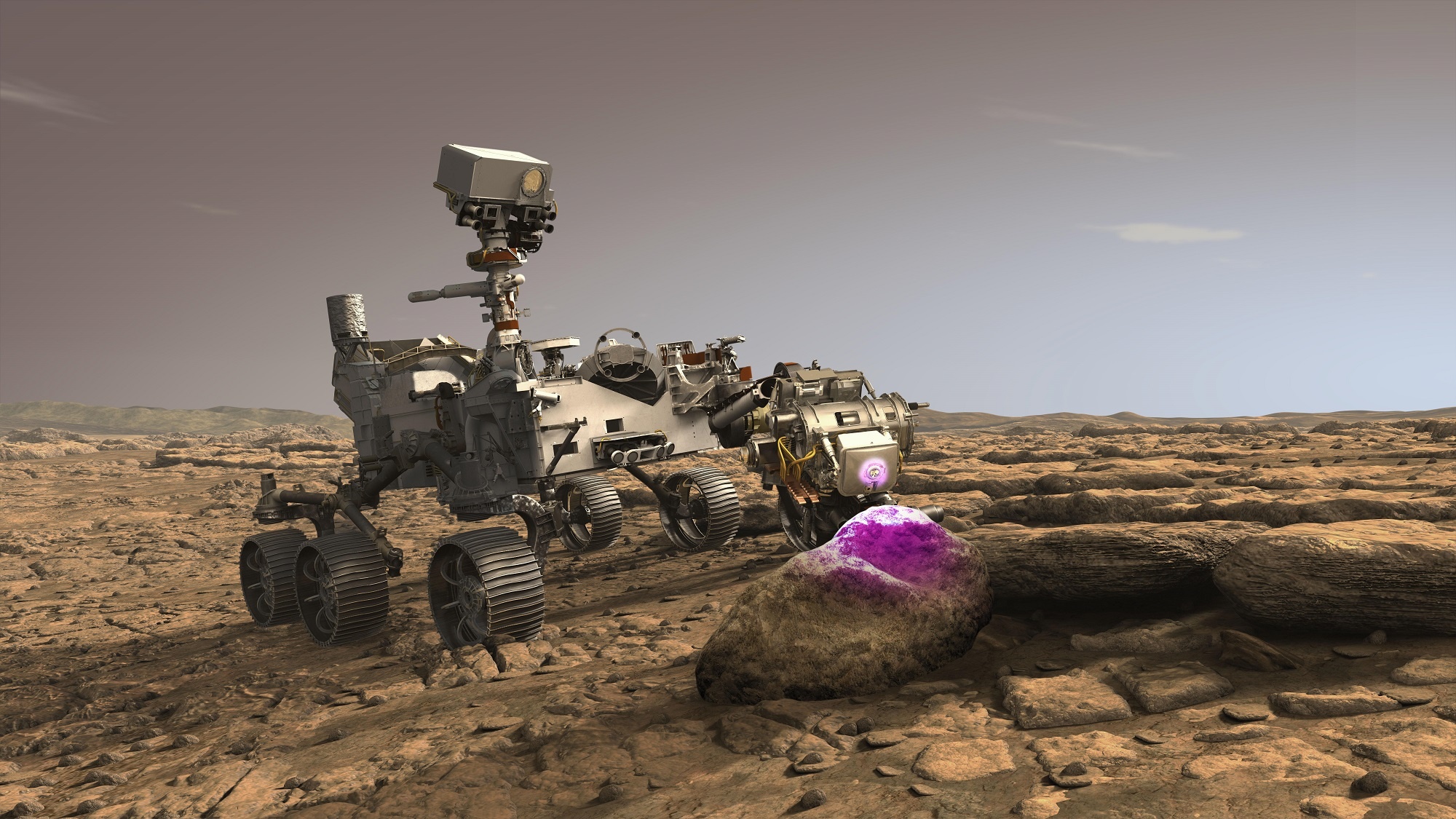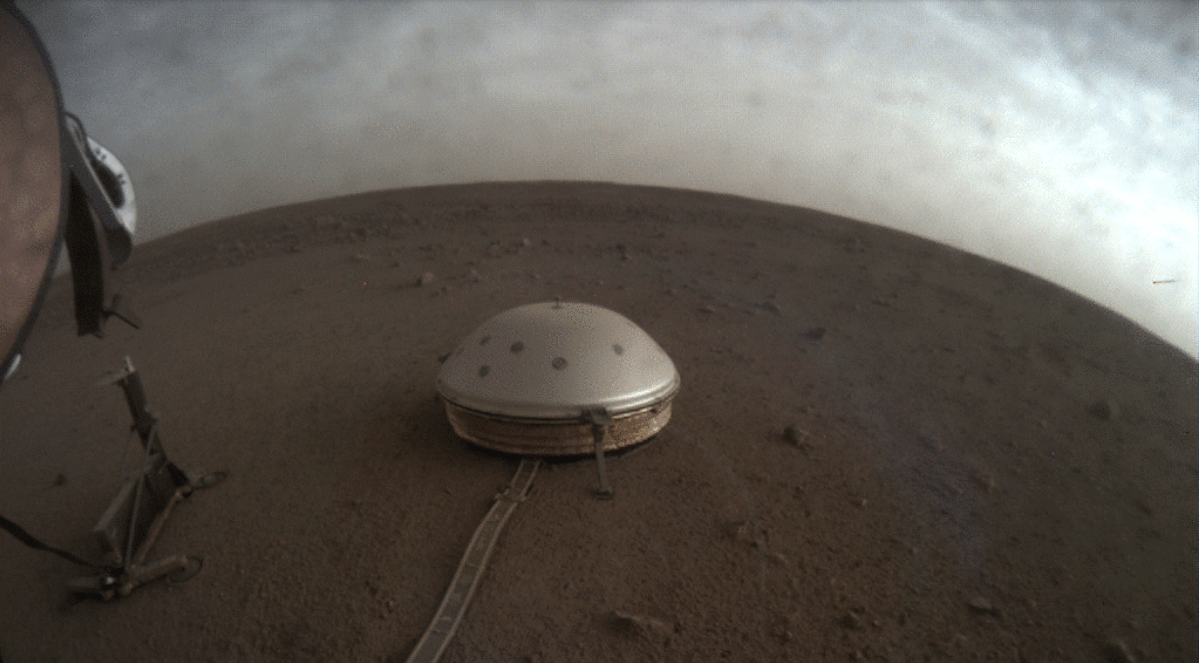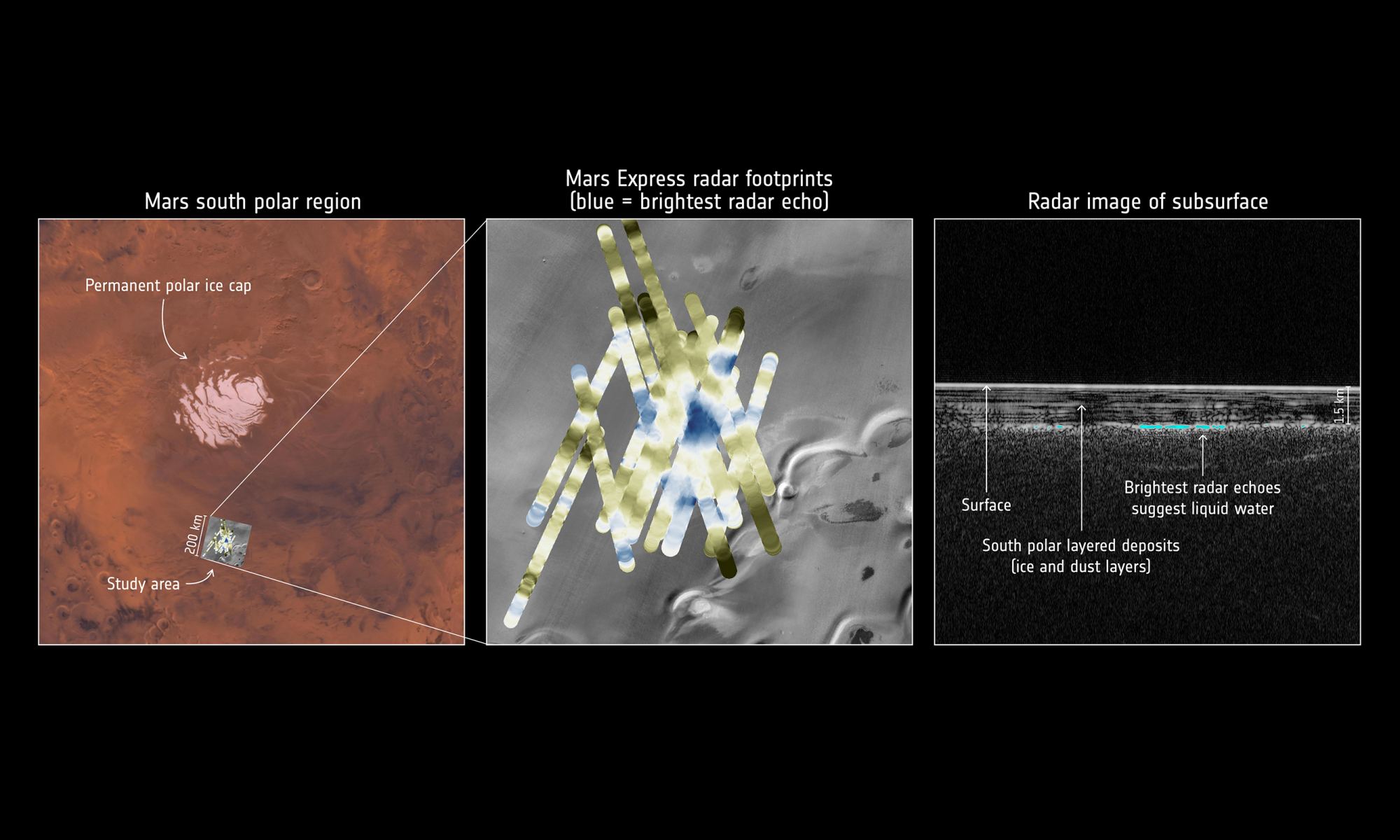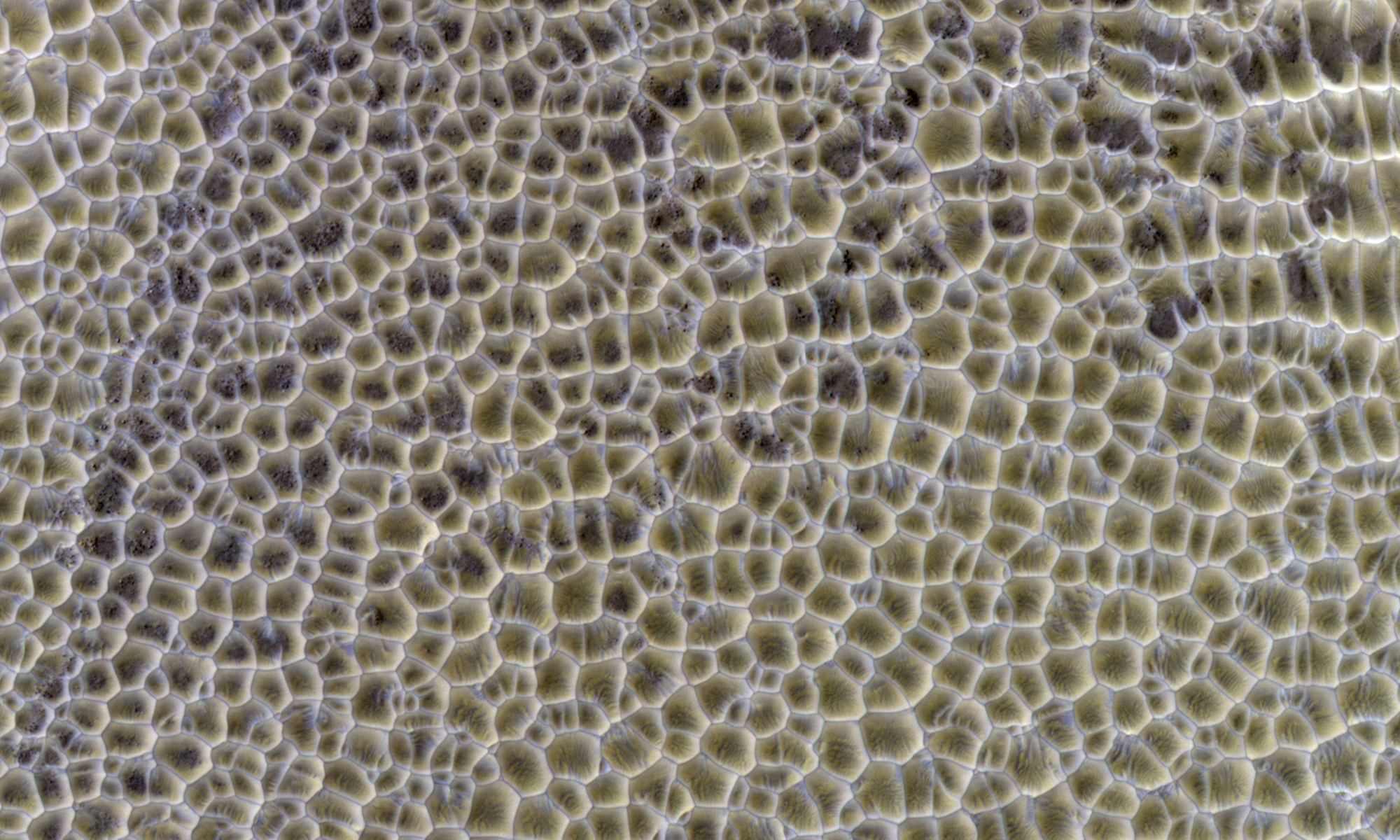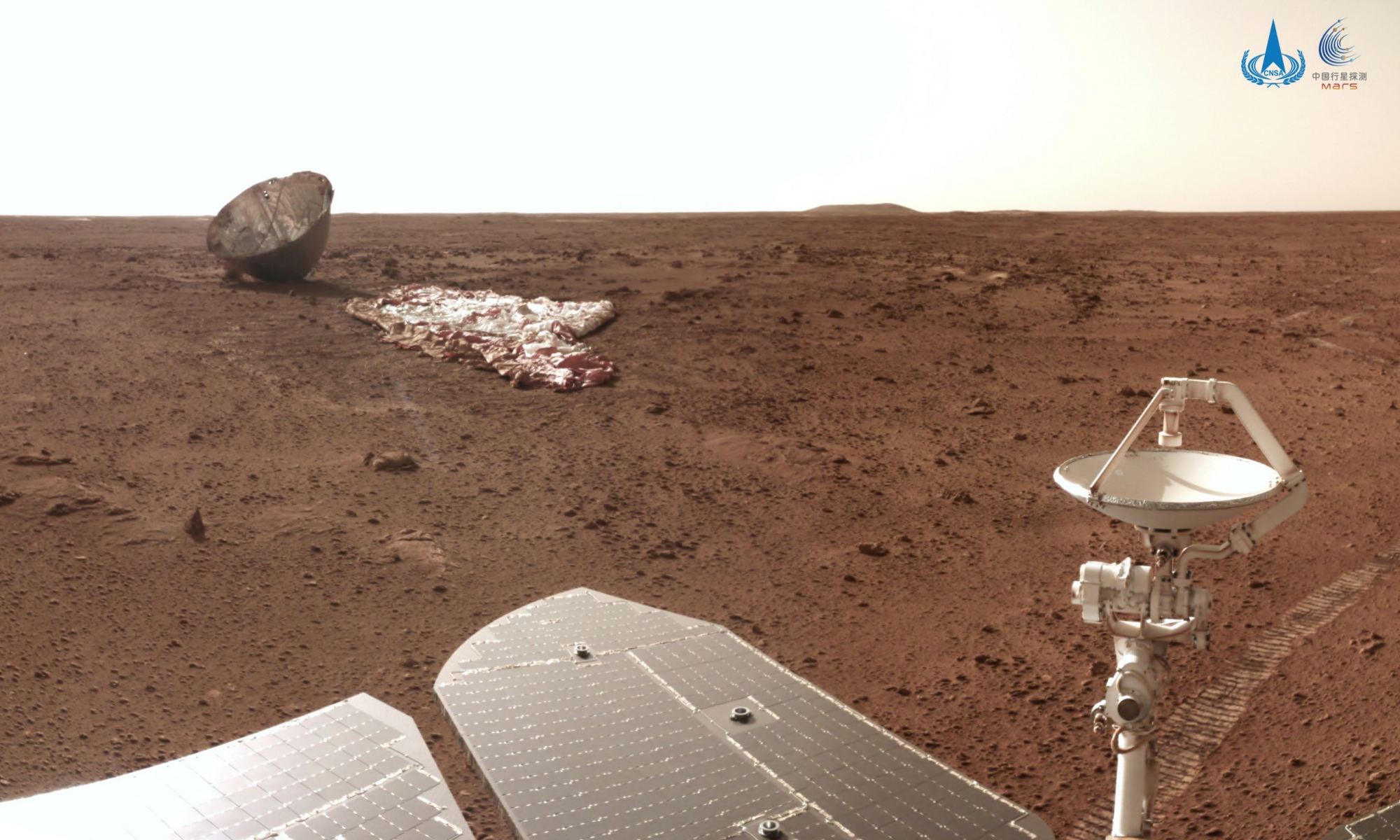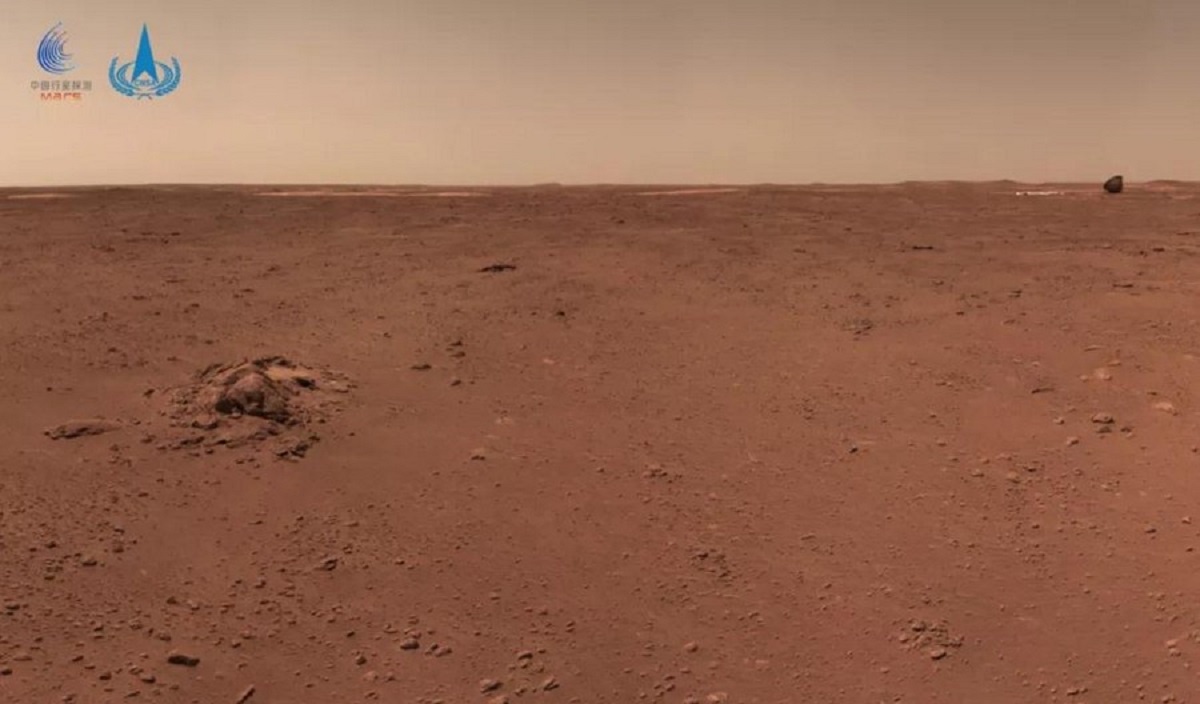Over the past few weeks, there was quite a bit of excitement in the air at the NASA Jet Propulsion Laboratory in Pasadena, California, where mission controllers were prepping the Perseverance rover to acquire its first sample from the Martian surface. This mission milestone would be the culmination of years of hard work by a team of over 90 dedicated scientists and engineers.
The commands to commence operations to take its first sample (from drill site Roubion) were sent to the rover on Sol 164 (Thurs, Aug. 5th). On the morning of Friday, Aug. 6th, the team gathered to witness the sampling data come in. Everything appeared to be fine until they were notified a few hours later that the sample tube was empty! Since then, the rover’s science and engineering teams have been investigating what could have become of the sample.
Continue reading “Perseverance Fails to Collect its First Sample”
